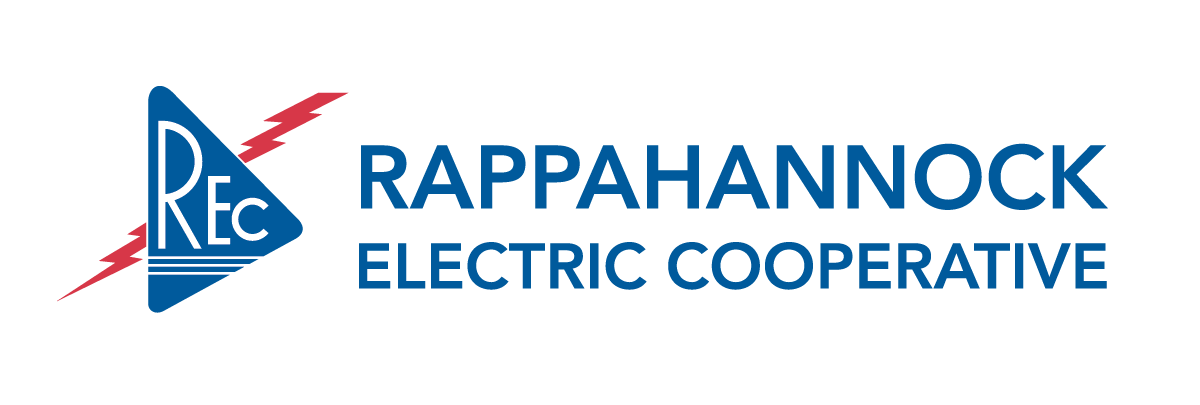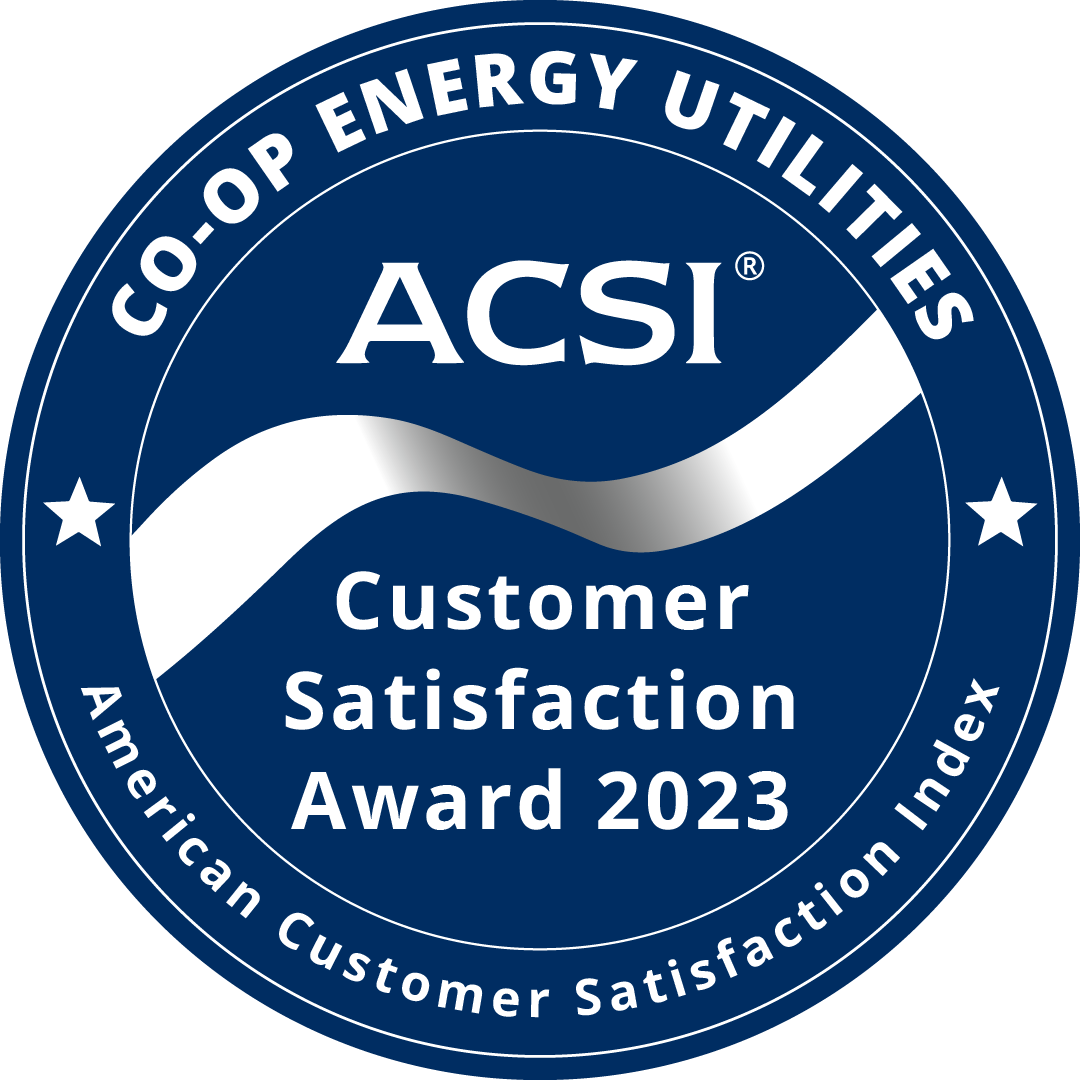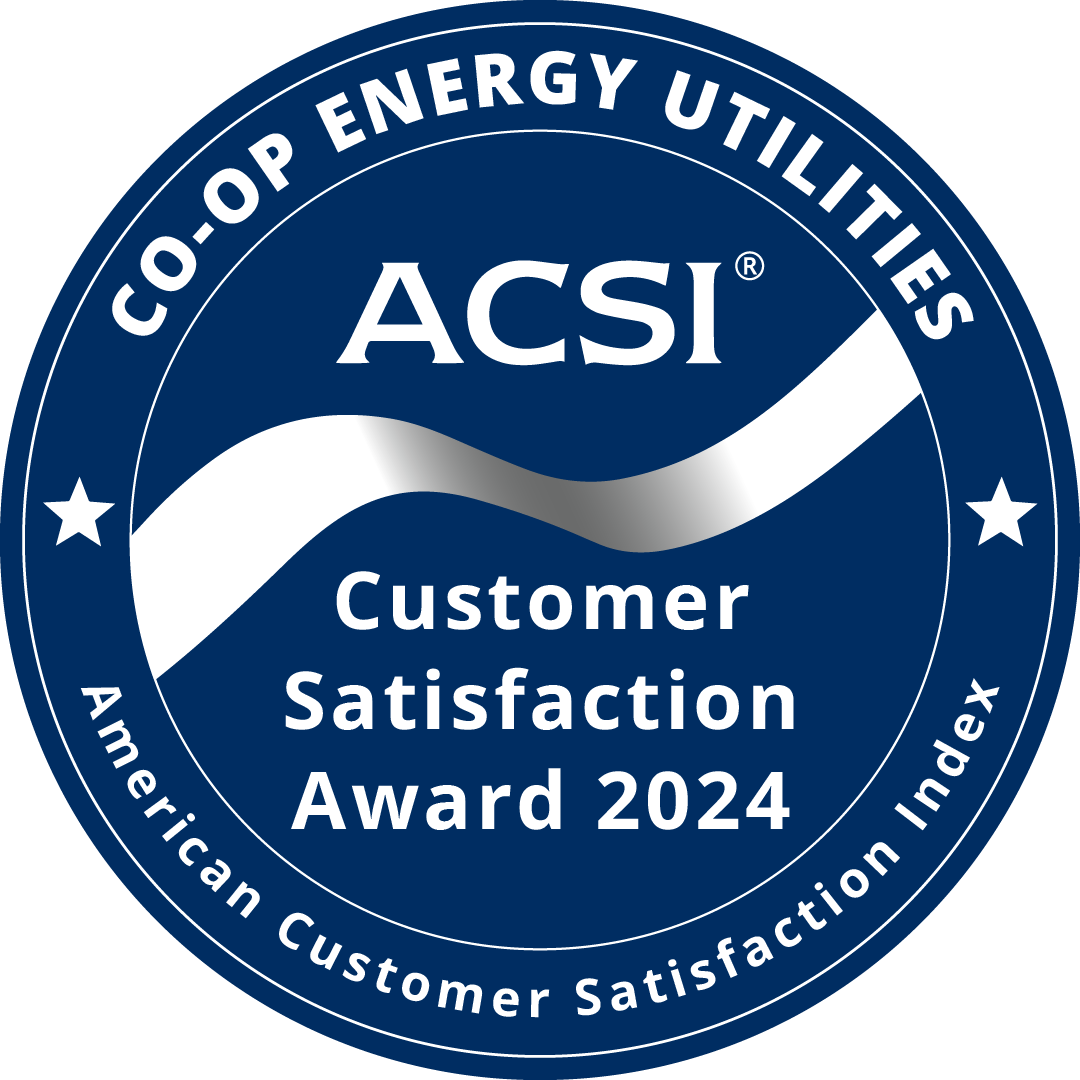REC's staff of professional foresters and certified arborists manages our rights of way using Integrated Vegetation Management (IVM) practices. The ultimate goal of our vegetation management activities is to maintain our rights of way relatively free of trees that could grow into our overhead power lines and disrupt the reliable delivery of electricity to our members.
The establishment of a vigorous community of grasses, wildflowers and low-growing shrubs on the right-of-way corridor limits the germination of new tree seedlings on the site. Mechanical cutting, herbicide applications and cultural control (e.g., yards and gardens) are considered when determining the best management practice for each right of way. REC completes routine vegetation management of its distribution rights of way approximately every five years.
During routine maintenance:
- Trees are pruned to provide adequate clearance from the energized conductors.
- Dead and other hazardous trees that could fall onto the lines are taken down.
- Brush within the right of way is mowed or cut with chainsaws.
REC is a rural utility and many of our poles and wires are not accessible from a road. Our personnel need to have access to poles and other facilities to make any necessary repairs, especially after storms. Mowing a swath on either side of our poles provides a clear area for our personnel to safely complete needed repairs.
To enhance the long-term benefits of this maintenance, REC usually follows up with an herbicide application about one year after this routine clearing. Mowing simply eliminates the above-ground portion of small trees growing within our rights of way and encourages vigorous sprouting from the undamaged root system, whereas herbicide application provides long-term control of tall-growing trees that establish themselves within our rights of way.
Cultural control of undesirable species by the landowner is encouraged whenever the establishment of such areas will not limit access to REC facilities. Utilizing the right of way for yards, gardens, pastures, cropland, wildlife plantings, Christmas tree farms and other similar uses minimizes the need for vegetation management by REC.


